Existential threat
Concerns are growing about Houthi threats to international internet traffic and financial data transmission, with Yemeni telecommunications companies sounding the alarm over the armed movement's plans to sabotage undersea cables in the Red Sea.
The Yemen General Telecommunications Company, which is affiliated with the country's UN-recognized government , issued a statement yesterday (February 4) condemning Houthi "threats to target international undersea cables."
About 17% of the world's Internet traffic is carried through fiber-optic cables in the Red Sea.
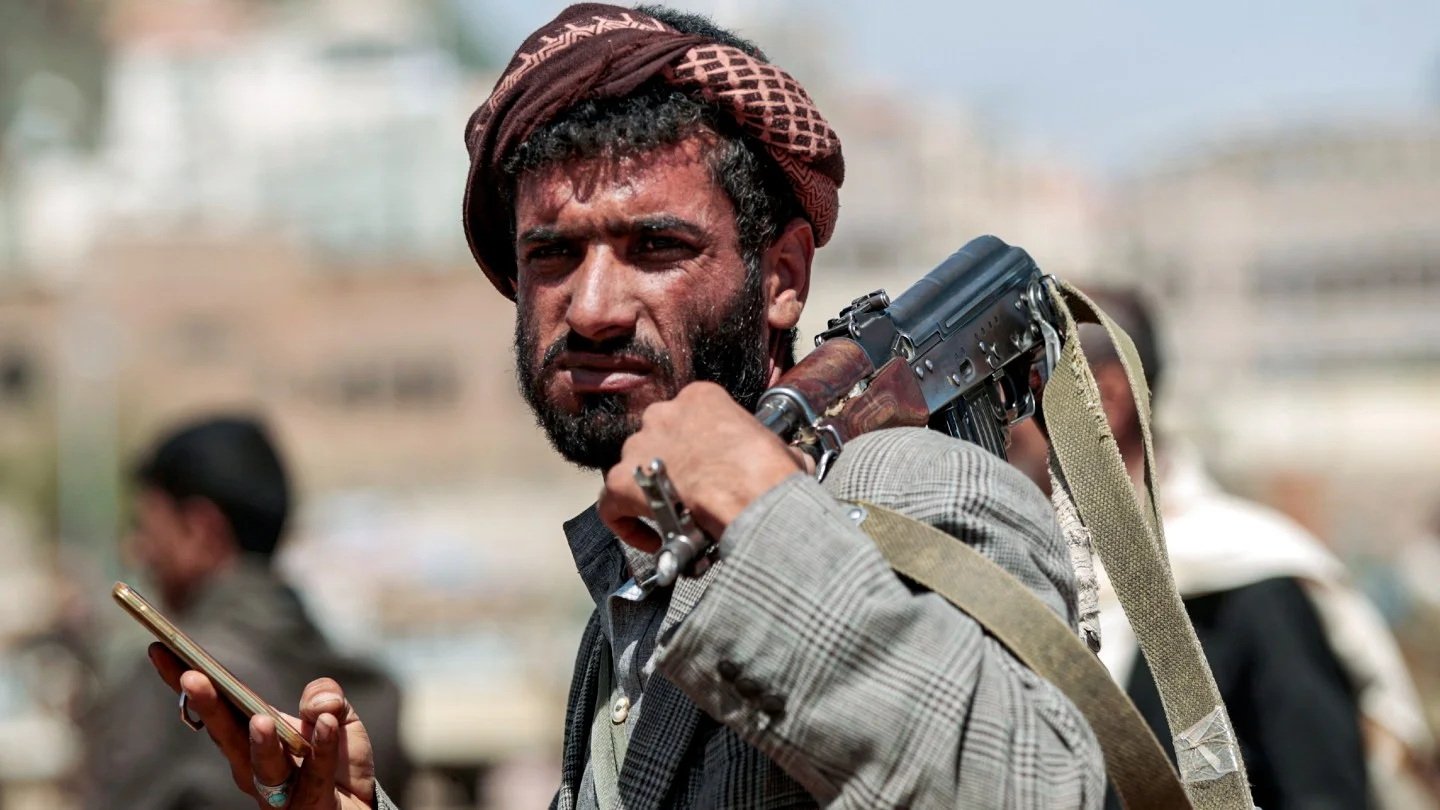
A Houthi fighter using a mobile phone, the force is said to have sent a hidden message about the possibility of attacking the fiber optic cable under the Red Sea - Photo: Middle East Eye
On December 24, a Houthi-affiliated Telegram channel posted a map showing the convergence of communications cables in the Red Sea, Mediterranean Sea, Arabian Sea, and Persian Gulf, accompanied by an ominous message about Yemen’s “strategic location.”
“Yemen is close to losing its balance of international undersea internet cables, especially along the west coast where Houthi control is strongest,” explains Wilson Jones, defense analyst at GlobalData.
The civil war between Yemen's pro-government military forces and the Houthis has been raging since the armed movement first took control of the capital Sana'a in 2014.
“It would be very difficult to stop the Houthis if they were determined to target these cables,” said Wilson Jones. “A cut in the cable anywhere would disrupt the flow of data everywhere. Since these cables are essential to the modern internet and digital financial transactions, the disruption could be huge.”
How will the Houthis sabotage undersea internet cables?
Based on the Houthis' frequent attacks on Red Sea vessels, the militant movement's motivation for targeting internet networks is clear.
More than 100 drones and missiles have been launched at ships passing through the Bab al-Mandab Strait since the first Houthi attack on November 21. Houthi representatives said the attacks were intended to show solidarity with Palestine amid continued Israeli attacks.
What is being overstated is the Houthis' ability to access and damage deep-sea internet cables, according to Carolina Pinto, an analyst at GlobalData.
“While the Houthis have access to advanced drones and missiles, they may not have the technological capability to reach cables that are hundreds, if not thousands, of meters underwater. They may target one or two of the shallowest cables,” Pinto told Army Technology.
The Red Sea has an average depth of 490 m, with some cables lying at depths of just 100 m.
“The Houthis certainly don’t have submarines,” admitted analyst Wilson Jones. “But they could use some sort of depth charge, explosive or remote-controlled underwater mine, or send someone in scuba gear with wire cutters.”
There is previous precedent for diver sabotage in the area.
In 2013, just north of the port of Alexandria, three divers cut an underwater cable that provided internet access between Egypt and Europe. The sabotage caused traffic to drop by 60 percent.
Houthi divers are unlikely to cause major damage across the entire cable network, but their attacks would be nearly impossible to stop by a US-led international naval task force in the Red Sea.
“It’s unclear whether the Houthis have underwater drones,” Jones told Army Technology, “but given what they’ve shown in the air so far, there’s a good reason they could build some themselves, buy some, or have supporters donate some.”
What are the risks to international internet traffic?
The Houthis’ impact on global shipping and trade routes has been huge. Ship traffic through the Bab al-Mandab Strait has dropped by 70% since the group attacked vessels passing through, while Maersk, Hapag-Lloyd and COSCO are among the companies that have suspended Red Sea routes.
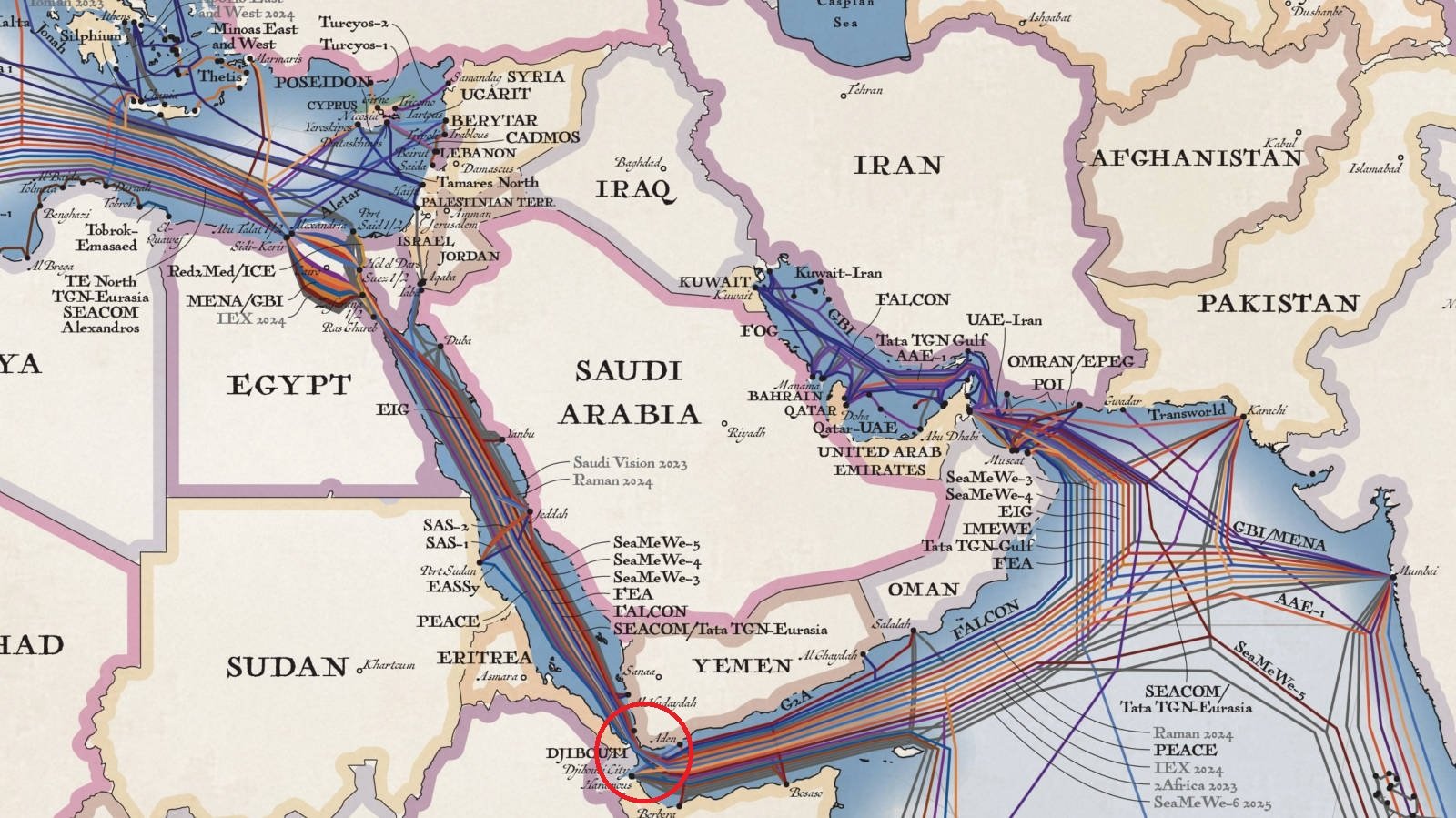
The international fiber-optic cable network passes through the Bab al-Mandab Strait (red circle on the map), where the Houthis are attacking ships they believe are linked to Israel - Photo: Middle East Eye
Just as the Bab al-Mandab Strait serves as a geographic chokepoint in global maritime traffic above the waves, the same is true below the water, with the Red Sea region serving one of the world's three major internet cable chokepoints.
16 major submarine cables pass 3,500 km through the Red Sea before crossing overland through Egypt to the Mediterranean Sea, effectively connecting Europe to Asia.
These cables are often no thicker than hoses and are vulnerable to damage from ship anchors and earthquakes. One of the most strategically important routes is the 25,000-km Asia-Africa-Europe AE-1 route that runs from Southeast Asia to Europe via the Red Sea.
“Cable damage is common but rarely causes significant disruption,” said Pinto, the GlobalData analyst. “If the Houthis are successful, internet traffic could be quickly rerouted until a repair ship can be sent to the scene to fix the damage.”
However, it is worth noting that the Gulf International Forum said in a report released last week that “damage to these cables could sever communications between militaries or governments.”
“Undersea fiber optic cables are the only hardware with enough bandwidth to carry terabytes of military sensor data that inform ongoing operations,” the report added.
International attention is therefore now focused on whether the Houthis will escalate their militarization of the Red Sea into full-scale technological sabotage. This will depend on many parameters, not least developments in Gaza, where there is still no further ceasefire between Israel and Hamas.
Nguyen Khanh
Source




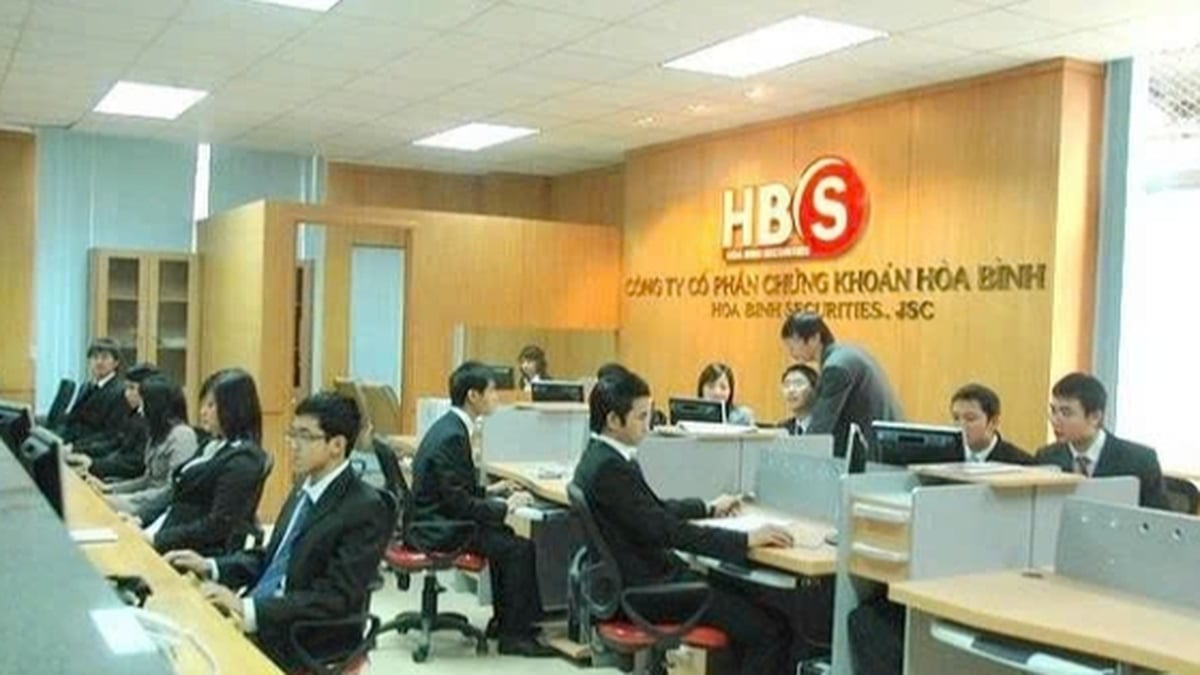


























































![[Maritime News] More than 80% of global container shipping capacity is in the hands of MSC and major shipping alliances](https://vphoto.vietnam.vn/thumb/402x226/vietnam/resource/IMAGE/2025/7/16/6b4d586c984b4cbf8c5680352b9eaeb0)








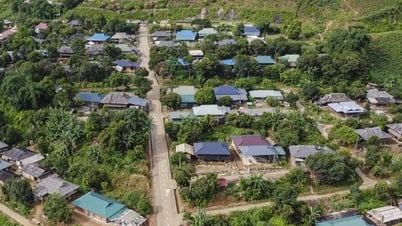

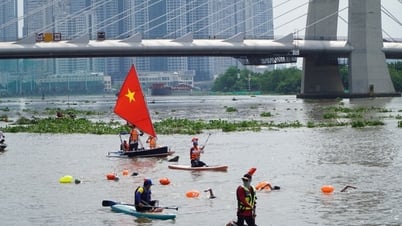
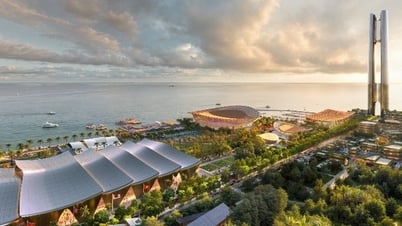
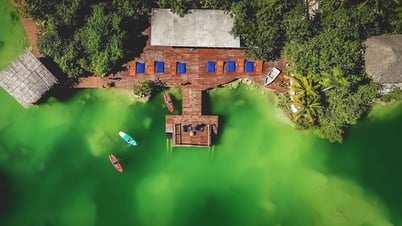
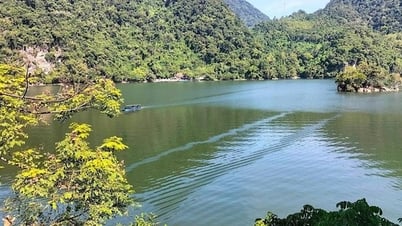























Comment (0)